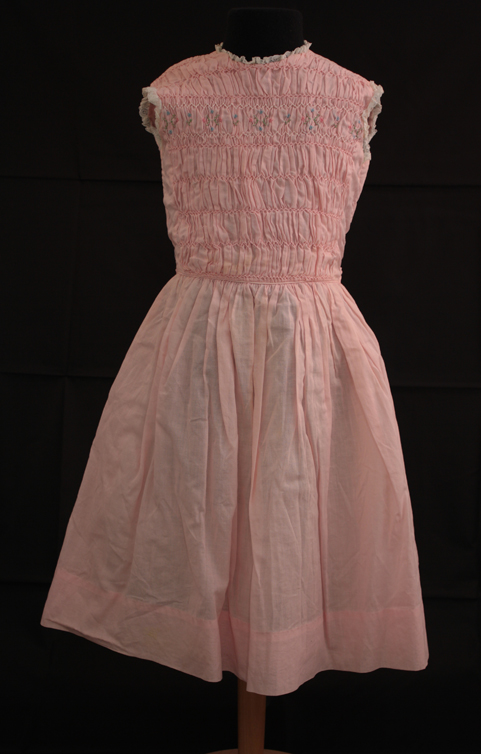Caring for Artifacts
Prevention, Care, & Conservation

Prevention
The quote “an ounce of prevention” should be your personal motto! Prevention of deterioration is the number one way to preserve your personal treasures. The two foundational steps to prevention are storing your artifacts in the right materials and in the right environment.
The right materials are archival materials—acid-free and inert wraps and boxes. When in doubt, buy your materials from vendors who specialize in archival materials. Some general vendors have picked up on words like acid free and archival in their advertising and packaging, but their products are not always the real deal. At the bottom of this page are some vendors who specialize in archival materials, but the list is not exhaustive. Contrary to common belief storing your treasured items in cedar lined closets or chests is not good. Cedar is a very acidic wood that will transfer acid to your treasures. Also, mothballs are toxic, so please do not use them around your family keepsakes.
The right environment is a stable air conditioned space with no insects. The air conditioning should be running 24/7 with good air circulation. This will keep mold, mildew, and environmental stresses away from your treasures. A no insects policy will keep them from eating your treasures. A good rule of thumb is to be sure your treasured item is clean and without food spills or perspiration residue. This will make your items less attractive to insects.
Typical Causes of Damage
Light
The damage from sunlight and indoor lighting is cumulative and irreversible. UV light causes your skin to age; it is just as unkind to your treasures. This is one of the reasons you will sometimes notice museums have such low lighting in some of their galleries.
Temperature and Humidity
Florida is a very challenging place to try to keep your items safe from extreme temperatures. Fluctuations in temperature and humidity can cause materials to expand and contract, causing undo stress and wear to an object. This is why you will notice a museum is always a cool, comfortable space to be in, maybe even a little chilly.
Damp
Mold and mildew will cause damage to your items. They need the same kind of atmosphere that you do. Storing them in the basement or the attic is not good for them.
Insects and Rodents
Insects and rodents can shorten the life of your keepsake. Different pests like different types of materials. There is probably a bug that would like to eat your keepsake, particularly if it is made from organic materials.
Care
Storing your items with the preservation methods listed above will go a long way in ensuring their care. Consider handling them as little as possible. Make sure they are packed and labeled clearly, so the box they are in will also be handled safely. Reputable websites have great advice on how to care for specific types of artifacts.
Cleaning
Don't clean your item unless you really have to, which means don't let the item get dirty in the first place. If you want to preserve your object, it will have to be off limits to dirty hands, and pets. If your item has developed a musty smell, simply air it, rather than clean it, to get rid of the odor.
Display
Nothing is forever, so don't keep your item on permanent display. Rotate it with other keepsakes. Keep it out of direct light and in a place where people will not touch it.
Conservation
Let’s take a minute to discuss the difference in conservation versus restoration. Museums recommend conservation. Conservation is where an object is stabilized with reversible materials. Restoration is when an object is made to look new. The reason museums (and probably you as well) have these artifacts is because of their history. Their condition is part of their story. To make something look new can erase part of an object’s history and sometimes its value. Conservation is specialized work and can be expensive, this is another reason why caring for something the right way, from the beginning, is in the artifact’s best interest. Conservation should only be undertaken by a trained conservator. The American Institute for Conservation has a wonderful website that explains conservation and how to find a conservator. Their website is: https://www.culturalheritage.org/
If you have a question for our curatorial staff about artifact care, please email us at:
Some Sources for Archival Supplies
Gaylord Brothers https://www.gaylord.com/
Hollinger Metal Edge https://www.hollingermetaledge.com/
Masterpak https://masterpak-usa.com/
TALAS https://www.talasonline.com/
University Products, Inc., https://www.universityproducts.com/
Disclaimer: The Museum of Florida History does not assume risk or obligation with its recommendations on this page. All care of an object is done solely at the risk of the owner.


